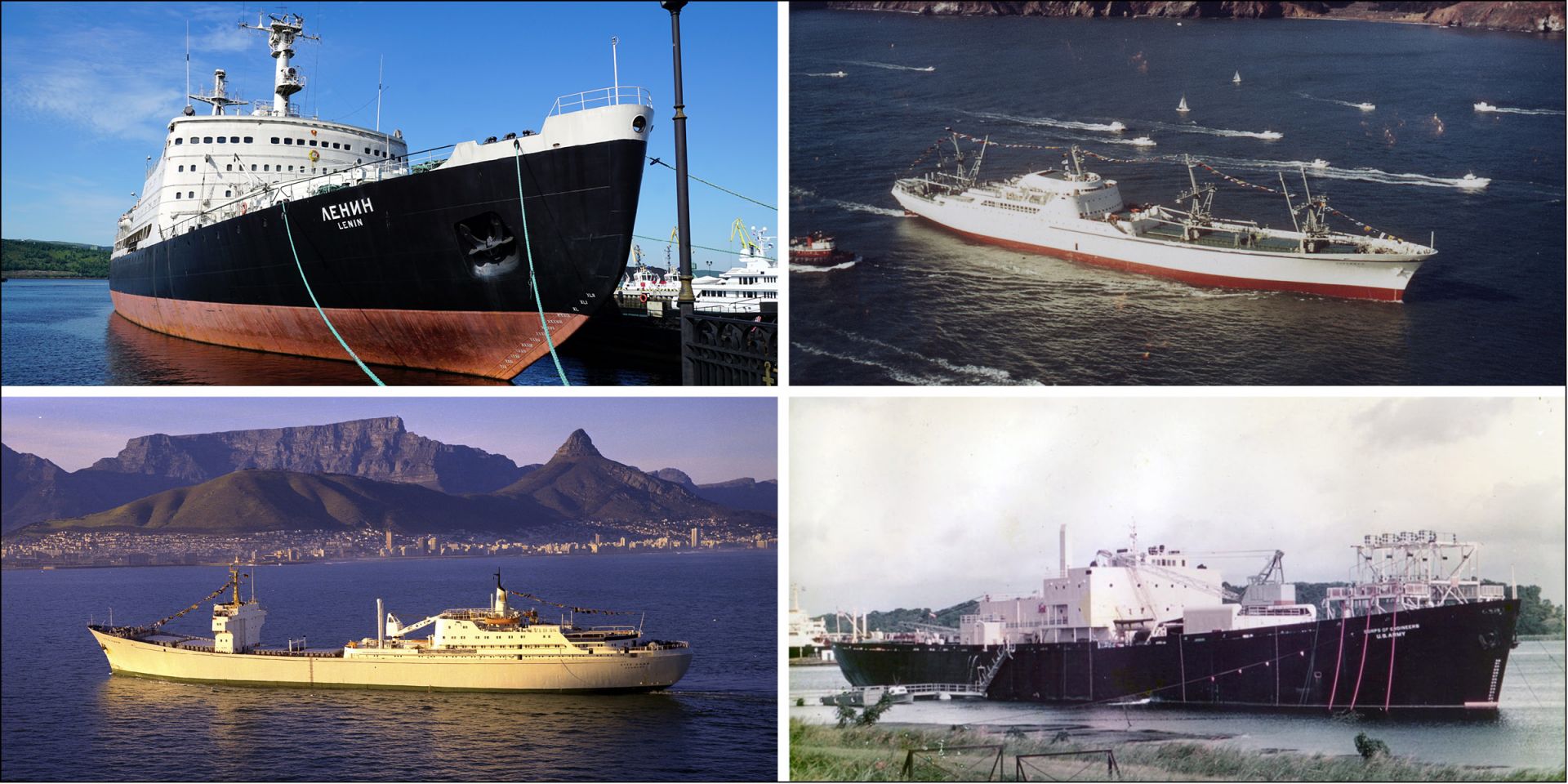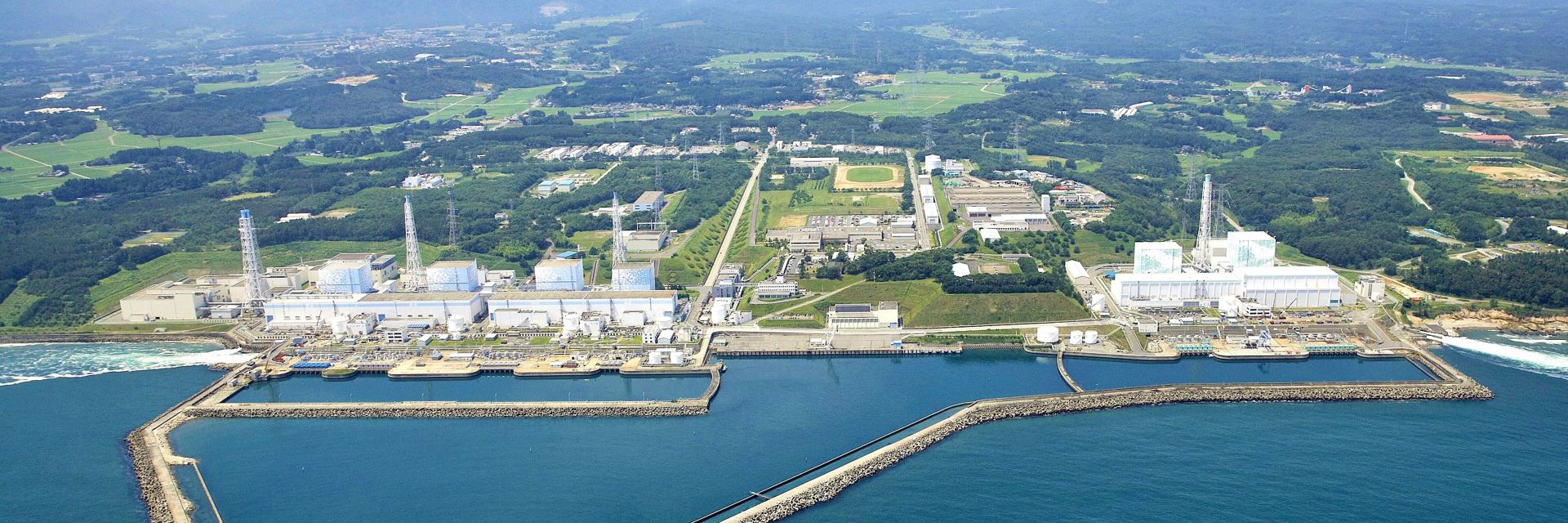The history and future of civilian nuclear power afloat

In the early days of the development of nuclear power, a broad range of nuclear technologies and applications were explored. Among these developments were the use of nuclear propulsion for ships, both military and civilian, as well as a floating nuclear power plant. While the use of nuclear power for naval vessels, including submarines and surface ships, continued, most of the civilian uses of nuclear power on the water were ultimately terminated.
Recently, however, there has been a resurgence of interest in both floating nuclear power plants and the use of nuclear propulsion in the civilian sector. The renewed interest makes this a particularly timely moment to recount the initial developments in this area. Some of the early civilian nuclear vessels were discussed in two sessions during the June 2021 ANS Annual Meeting, “NS Savannah History” and “History of Non-Naval Nuclear Ship Power.” This article draws on the presentations from those sessions, the second of which was cochaired by the authors, as well as on other studies of the history of nuclear power.



